Salmon, mussel and urchin farming hold tremendous economic promise for Newfoundland
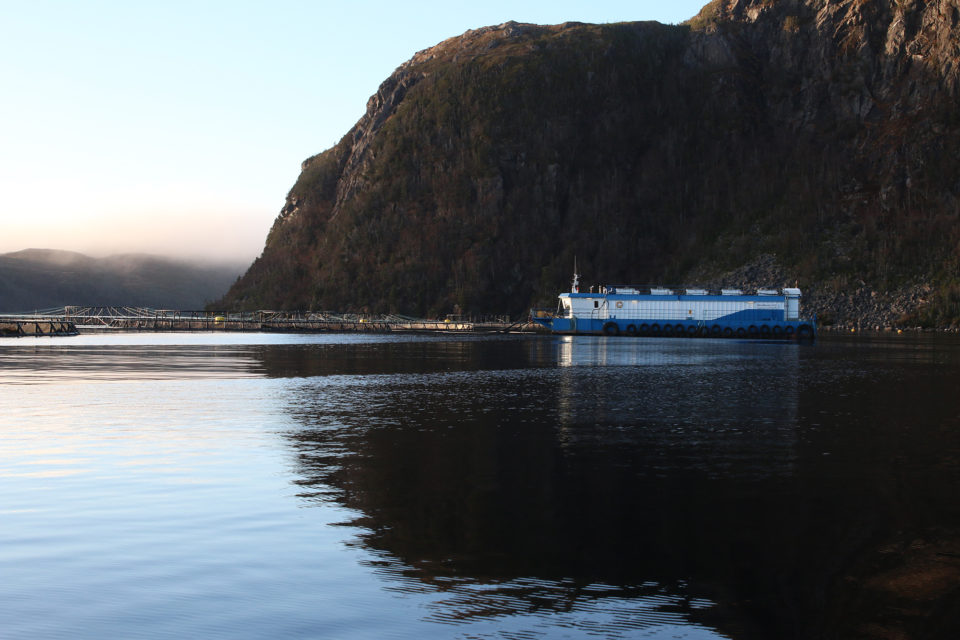
As a teenager, Mark Lane worked in the Newfoundland seafood industry processing capelin, and as a crew member of an inshore fish harvester. He remembers all too well the collapse of the cod fishery in 1991 and how it impacted Canada’s far-eastern province, known as “The Rock.”
“The closure of those fish plants devastated the province,” said Lane, now the executive director of the Newfoundland Aquaculture Industry Association. “But the fish plants are now being reopened by the aquaculture industry and we’re building new plants. In areas where we once saw no future for economic diversification or for jobs, aquaculture is now a bright star in terms of providing employment, and it’s an industry where there’s a large amount of opportunity.”
As aquaculture grows in Newfoundland, the socioeconomic future of this Canadian province with a population of 500,000 is starting to take flight with it. Which is welcome after a two-decades slump due in part to the downturn of North Atlantic groundfish stocks.
With the endorsement of the provincial government, new aquaculture projects are on the cusp of creation. And academic research to find new species for aquaculture is also under way.
Though our aquaculture industry is small compared to other places, we’re doing things right. People see that and they want to do business here.
The numbers attest to the potential for further growth in aquaculture. According to data from Newfoundland Labrador Fisheries & Aquaculture, the total market value for aquaculture was (CAN) $59 million in 2014, $161 million in 2015 and $276 million in 2016, mostly a result of increased salmonid production, particularly Atlantic salmon.
That’s encouraging news, particularly as the value of wild landings in the province declined another 10.6 percent last year – a result of lower fish landings and lower raw material prices for key species like shrimp and turbot.
Lane noted that Norway, a pioneer in salmonid aquaculture, has 27,000 kilometers of coastline and produces 1.3 million metric tons (MT) of salmon. The province of Newfoundland, by comparison, has 17,000 km (10,900 miles) of coastline and is producing just 29,000 metric tons.
“Not all areas are favorable for salmon aquaculture or mussels, but there’s opportunity here, and just from a geographical standpoint, the potential is good,” said Lane.
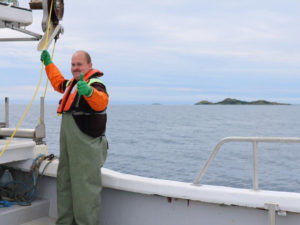
Perry Power agrees. The human resources manager for Grieg NL, an initiative of Grieg Holdings in Bergen, Norway and Ocean Choice International in St. John’s, Newfoundland, his company is just months away from implementing a $250 million aquaculture project in Placentia Bay.
“There’s a large mass of oceanic water there, which creates ideal circumstances for the type of fish we’re looking at growing,” he said, referring to the Icelandic triploid, a sterile strain of Atlantic salmon. The company has set an annual salmon production target of 33,000 MT, but that number is just scratching the surface of the developable area in Newfoundland, he said.
Newfoundland’s proximity to the North American market, its untapped water and its site resources made it a sensible choice for the project, while the good flushing and oxygen conditions of the region’s protected bays added more advantages. Grieg NL’s land-based, 100 percent recirculating aquaculture system will allow for salmon production to 3.3 pounds, eliminating environmental impact and optimizing efficiencies and production. The 250,000-square-foot nursery will use 1,200 liters/minute of water from a basalt aquifer in Marystone that provides “near perfect chemistry for salmon,” Power said. And the Aqualine Midgard System it will use for mooring utilizes state-of-the-art technology for escape-proofing, with a success rate of 100 percent to date, he added.
“We firmly believe in the potential down here. The provincial government has committed to moving the meter on aquaculture and we’re excited and happy about that,” said Power. “Moreover, we’re committed to environmentally responsible aquaculture that will build a sustainable industry here for generations.”
Support from the community has been strong, he added. “When we held an employment session in October, over 1,200 people attended! This project will create just under 700 full-time direct jobs and secondary employment of approximately 2,000 jobs.”
Chuck Brown, communications manager at Cooke Aquaculture, has seen firsthand the impact salmon and trout farming can have on local communities.
“We began operating in Newfoundland and Labrador in 2006 and employ 170 people between our land-based operations, sea water sites, harvesting and processing operations and marine maintenance division,” he said. “When we started, the South Coast region was experiencing tough times, with downturns in the traditional fisheries and a fledgling aquaculture industry.”
Earning the trust of the workforce and community leaders required a lot of time and effort.
“But it was really thrilling to see how salmon farming impacted the communities: It brought employment; young people were able to stay home for good, year-round jobs; people were able to invest in their homes; and new homes were being built. It feels good to be part of the communities our industries support.”
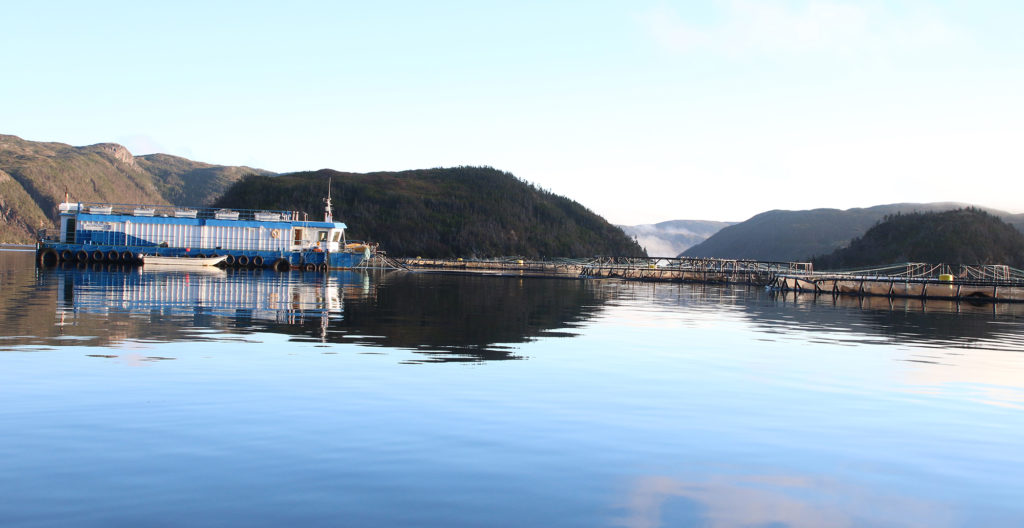
Brown is cautiously optimistic about the potential for aquaculture in the province, which is subjected to harsh winter conditions.
“The coastline is tremendous but we can’t forget that much of it can be affected by ice flows and very cold temperatures,” he said. “We know we can increase our production, which in turn would increase direct employment and spin-off jobs. But we look at growth as measured progress that we undertake in a controlled, responsible way over time.”
While much of Newfoundland’s aquaculture is centered on Atlantic salmon and blue mussels, efforts to diversify species are underway. One such effort – researching urchin farming – is being overseen Dr. Patrick Gagnon, a professor in the ocean sciences department at Memorial University.
“Right now, we’re doing land-based trials exposing urchins collected along the Newfoundland coast to different temperature regimes,” he said. “We think temperature has an effect on how urchins assimilate the particular feed we’re using and transfer that into gonad production.”
Most of the urchins harvested from natural habitats in Newfoundland and Labrador right now are sent to Maine and then exported to Asian markets. If Gagnon’s trials are successful, his hope is to increase roe production in urchins, export the technology and feed to rural areas of the province and potentially, change the socio-economic landscape in Newfoundland.
“If we can diversify the range of seafood products, we can capitalize on different market branches,” he explained. “Ideally, we want to exploit this Canadian resource, export roe directly to the Asian market and skip the American middleman. In the past, we’ve seen a kilogram of gonads from the green sea urchin sell for $129 per kilogram, so that’s our top target.”
Lane anticipates aquaculture will soon create more value than the wild catch industry in Newfoundland.
“In terms of best aquaculture practices, we had the first four-star [Best Aquaculture Practices]-certified salmon company in the world, and the first for blue mussels, too. Though our aquaculture industry is small compared to other places, we’re doing things right,” he said. “People see that and they want to do business here.”
Now that you've reached the end of the article ...
… please consider supporting GSA’s mission to advance responsible seafood practices through education, advocacy and third-party assurances. The Advocate aims to document the evolution of responsible seafood practices and share the expansive knowledge of our vast network of contributors.
By becoming a Global Seafood Alliance member, you’re ensuring that all of the pre-competitive work we do through member benefits, resources and events can continue. Individual membership costs just $50 a year.
Not a GSA member? Join us.
Author
-
Lauren Kramer
Lauren Kramer is a freelance journalist residing in Richmond, B.C., who has written extensively about seafood marketing for SeaFood Business magazine and SeafoodSource.com. Her work appears in a number of business and industry publications, including USA National Culinary Review and Flavor & The Menu.
Tagged With
Related Posts
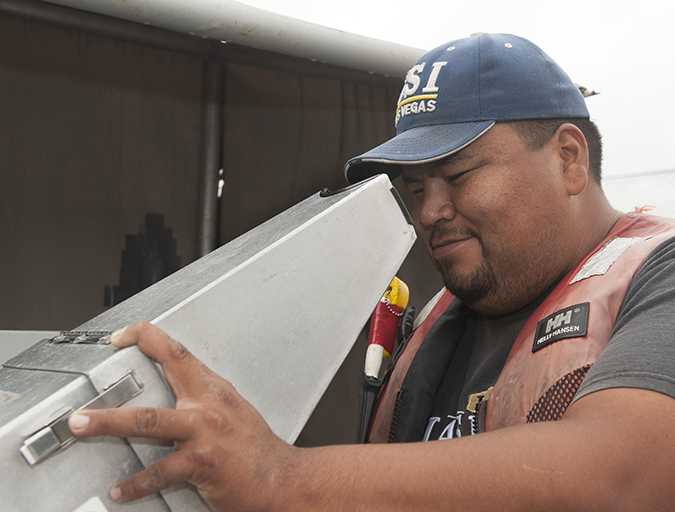
Responsibility
In Canada, salmon farmers building social license with First Nations
After some rocky times, ties between B.C. salmon farmers and First Nations, have improved in recent years. Band members report consistent employment, royalties and improved quality of life. “We need aquaculture around,” says one fishing company owner.

Intelligence
Love connection: Aquaculture investor finds partner in retail seafood brand
For the first time, the Aqua-Spark investment fund has partnered with a consumer brand. With its investment in U.S. company LoveTheWild, the Netherlands-based group seeks to become a trusted voice in aquaculture.
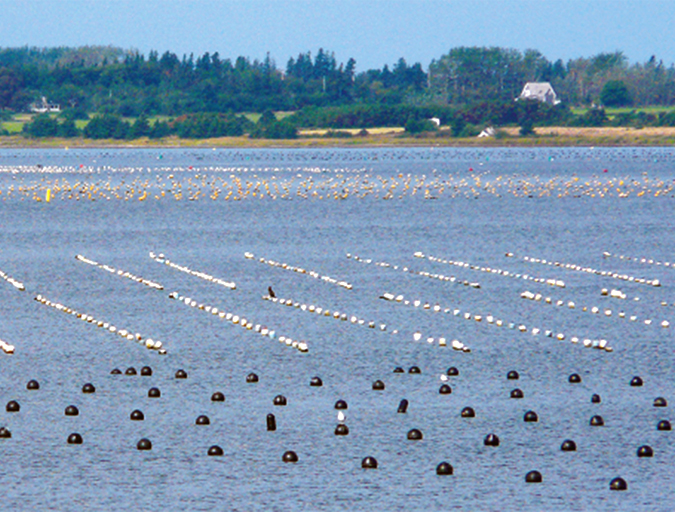
Innovation & Investment
Aquaculture in Canada: status, perspectives
Canada exports farmed seafood products to more than 22 countries and is the main seafood supplier to the U.S. market. Finfish, primarily salmon, production is strong and shellfish production is growing, but diversification will be imperative to maintain competitiveness.
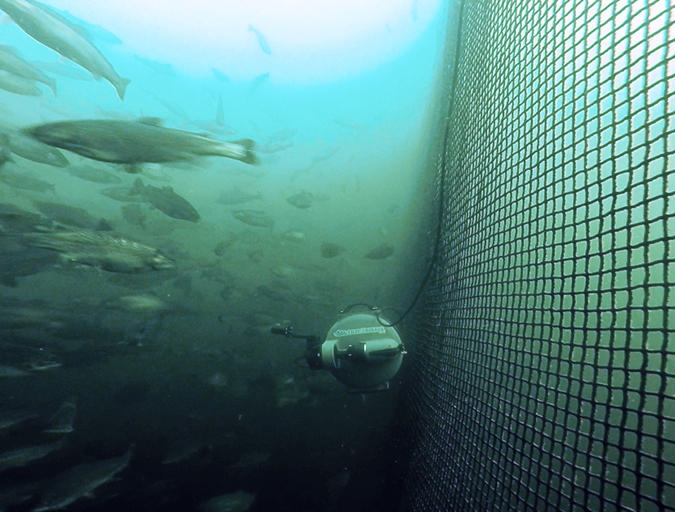
Innovation & Investment
Rise of the machines: Aquaculture’s robotic revolution
Technological advances are revolutionizing aquaculture. From airborne inspection tools to underwater drones, innovative robotics and automation technology are unveiling a brave new world of futuristic farming.



